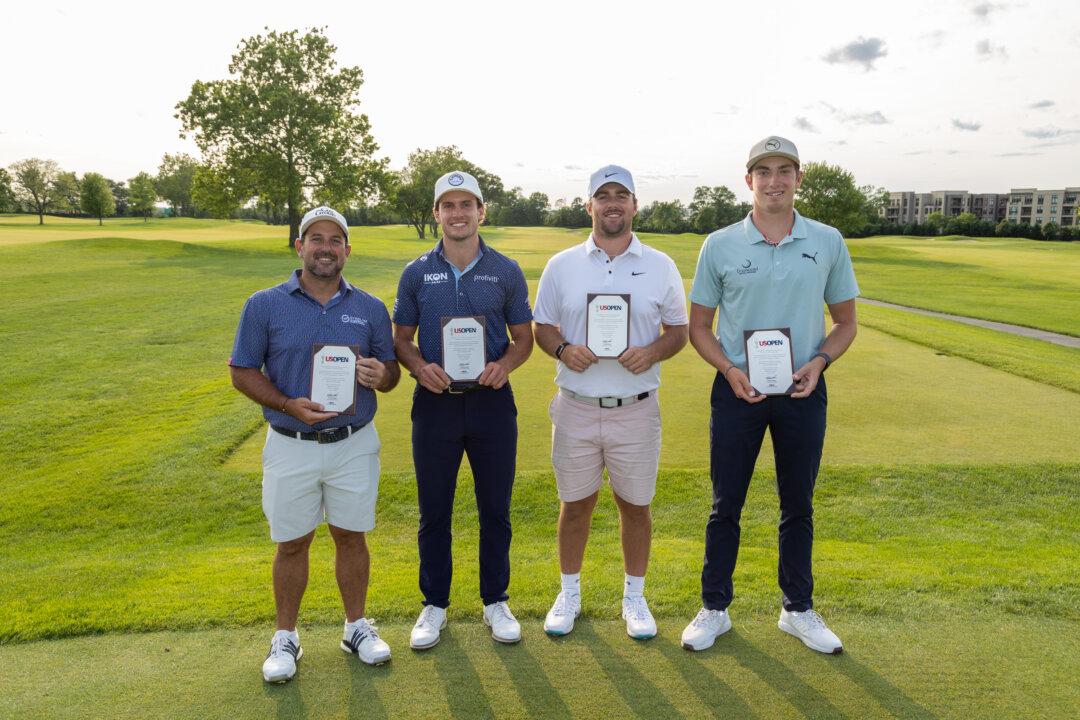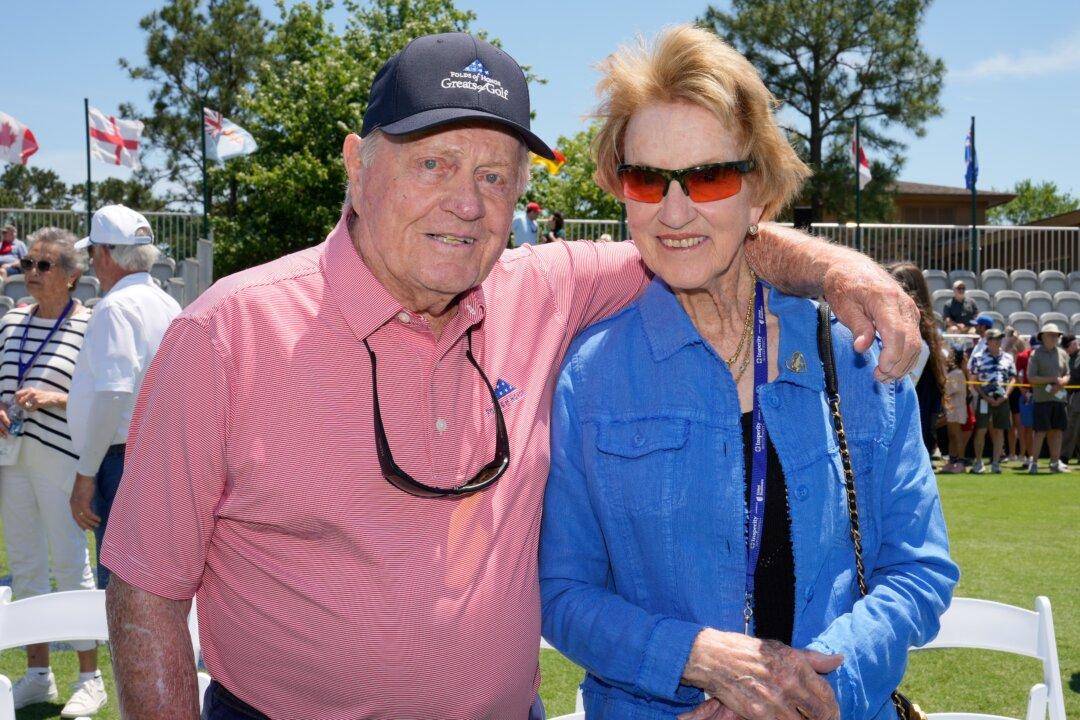New York, NY—John Daly’s start with the Champions Tour this week at the Insperity Invitational in Houston marks a clear beginning for a man who has gone through the full gamut of ups and downs—compiling them would require no less than an accountant to itemize all of the various incidents. In turning 50 Daly now has a second lease on life in professional golf—one that frankly, given his immense talent, was squandered through an array of behaviors that go beyond the bizarre.
One of the virtues of The Champions Tour is that it has provides another opportunity for golfers to demonstrate they can still play. In golf terms, getting a second swing is called a “mulligan” and clearly John Daly is looking to reverse a course that sadly should have been far greater than the two major championships and the three other PGA Tour victories he earned.






